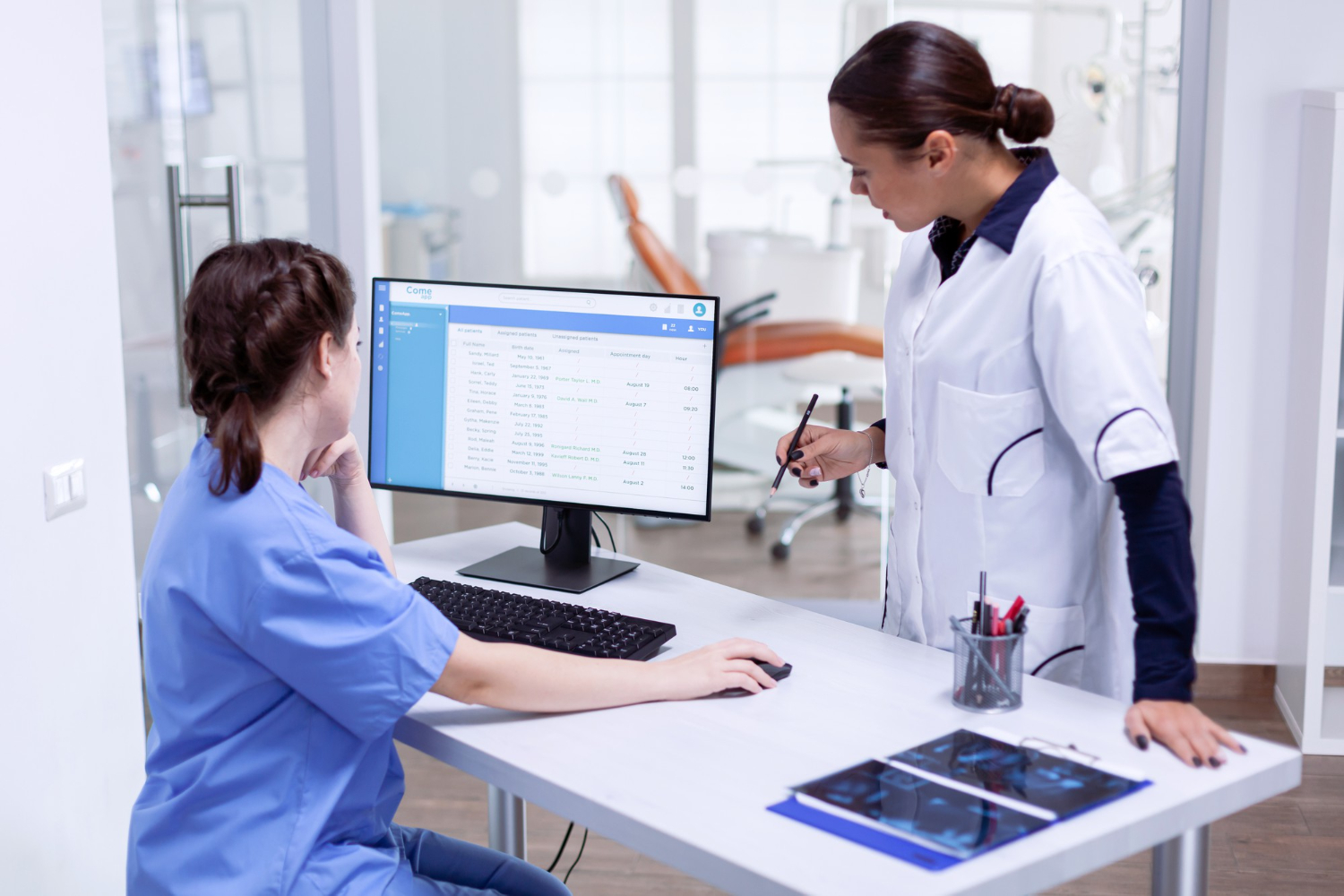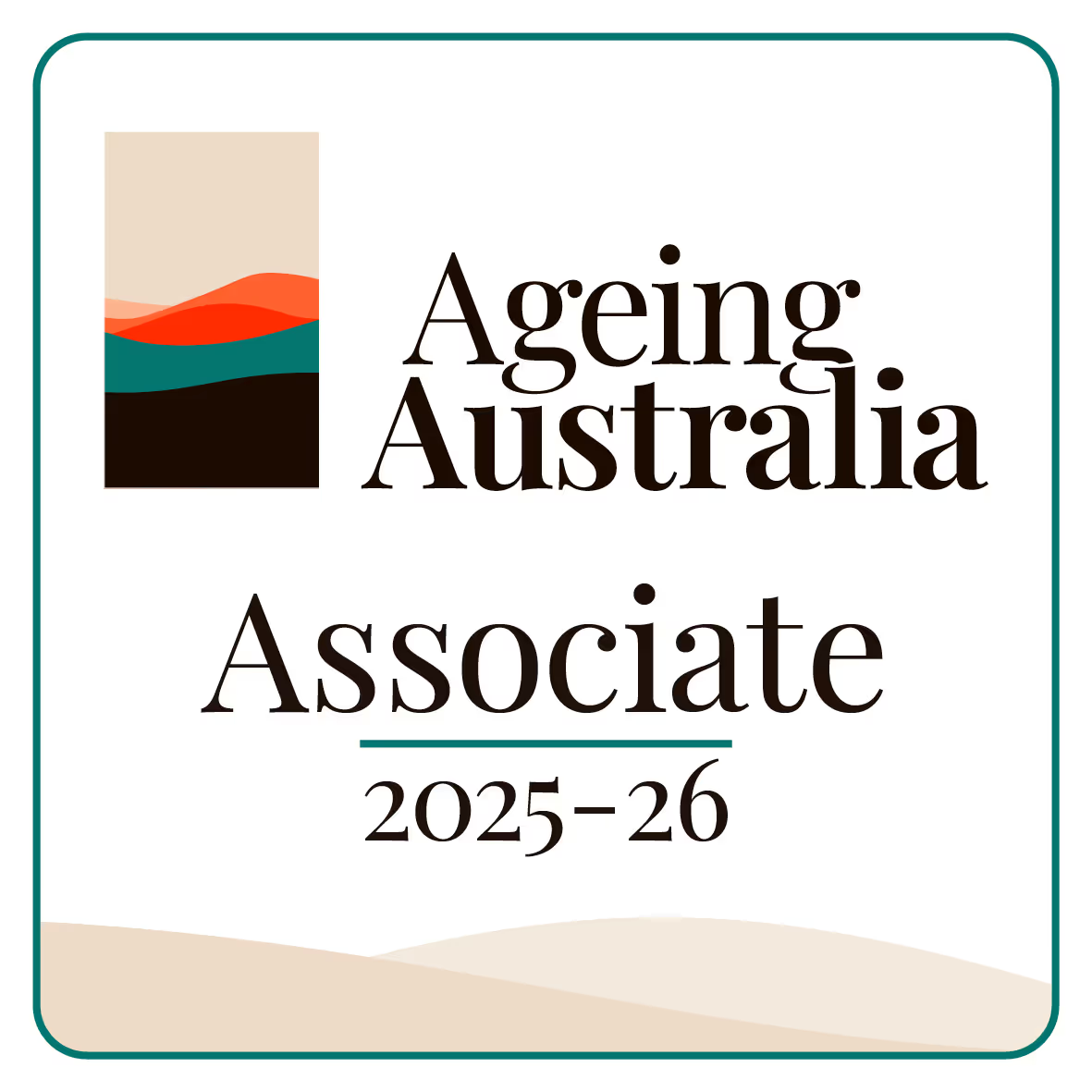For many in the Australian aged care sector, "compliance" still brings to mind the image of a heavy binder. It suggests thick stacks of paper, manual entries, and a records room filled with filing cabinets. This paper-based system is familiar, but it creates a dangerous time lag. Information is captured on paper, but it is not available to managers, clinicians, or compliance officers until it is manually collected, filed, and reviewed.
This delay is more than an inconvenience; it is a significant risk. When information is not available in the moment, small problems can become large ones before anyone notices.
This is where technology at the point of care changes the entire model. It moves your facility from a reactive, paper-based system to a proactive, digital one. It is not just about replacing paper; it is about transforming how you manage care and demonstrate quality.
What Is Point-of-Care Documentation?
At its core, point-of-care documentation is the simple practice of recording information where the care happens.
Instead of a carer making mental notes during a resident interaction and writing them down at a central station hours later, they use a secure mobile device (like a tablet or smartphone) to log the information immediately. This could include wound care observations, changes in resident behaviour, medication administration, or mobility assistance.
The information is captured once, at the source, and is immediately entered into the system. This single change eliminates duplicate data entry, reduces errors from memory recall, and, most importantly, makes the data instantly accessible.

The Problem with Paper-Based Systems
The three-ring binder has been a long-serving tool, but its limitations are critical in the modern care environment.
- Data is delayed. Information written on a piece of paper is "offline." It is not part of the central record until someone manually enters it, which could be hours or days later.
- Data is siloed. The binder in the memory support unit does not communicate with the clinical files in the nurse manager's office. Seeing a complete picture of a resident's journey is a manual process of "file-chasing."
- Data is hard to analyze. You cannot spot a trend by flipping through hundreds of pages. It is nearly impossible to identify a pattern—such as an increase in falls or a decline in nutrition across a wing—when the data is locked in physical files. You are always looking backward.
- Compliance is a burden. Preparing for an audit or responding to an inquiry from the Commission means manually pulling files, photocopying pages, and assembling reports. It is a massive drain on your most valuable resources: your staff's time.
How Clinical Software Enables Real-Time Reporting
This is where the true power of clinical software becomes clear. When point-of-care documentation is the standard, real-time reporting becomes possible.
Because every piece of information is entered into a central digital system, it can be viewed and analyzed instantly.
A Director of Nursing does not have to wait for an end-of-week report. They can log in to a dashboard and see, right now, which residents have missed meals, which medications are overdue, or if there has been a spike in behavioural incidents. This is not a report from last week; it is a report from this minute.
This capability allows your leadership team to move from reacting to problems to anticipating them. You can manage by exception, focusing your attention on the residents and operational areas that need it most, armed with current, accurate information.

The Overlooked Factor: Staff Usability
You can invest in the most powerful clinical software on the market, but if your staff finds it difficult to use, they will not use it. They will find workarounds, and the paper-based system will return.
This is why staff usability is not just a feature; it is the most critical factor for success. The technology must be easier, faster, and more helpful than the paper binder it is replacing.
A well-designed system is intuitive. It guides the care worker through their tasks, presents clear information, and reduces the number of clicks needed to perform an action. When the software is easy to use, staff adoption is high. This, in turn, directly improves the quality and consistency of the aged care data being collected.
Aged Care Data: From Dead Archive to Living Asset
In a paper system, your aged care data is a "dead archive." It is a record of what happened, stored in a cabinet primarily for compliance.
In a digital, point-of-care system, that same data becomes a "living asset." It is an active, searchable, and reportable resource that proves the quality of your care.
When the Aged Care Quality and Safety Commission asks for evidence of wound care management for the last 90 days, you do not need to send staff to the file room. You run a report in 30 seconds.
This immediate access to verifiable, time-stamped aged care data is the foundation of modern compliance. It provides the proof of care that regulators demand and gives you the insights you need to continuously improve. Systems like Governa AI are designed to help facilities serving the Australian aged care sector make this transition, turning data into your most valuable tool for quality and governance.










